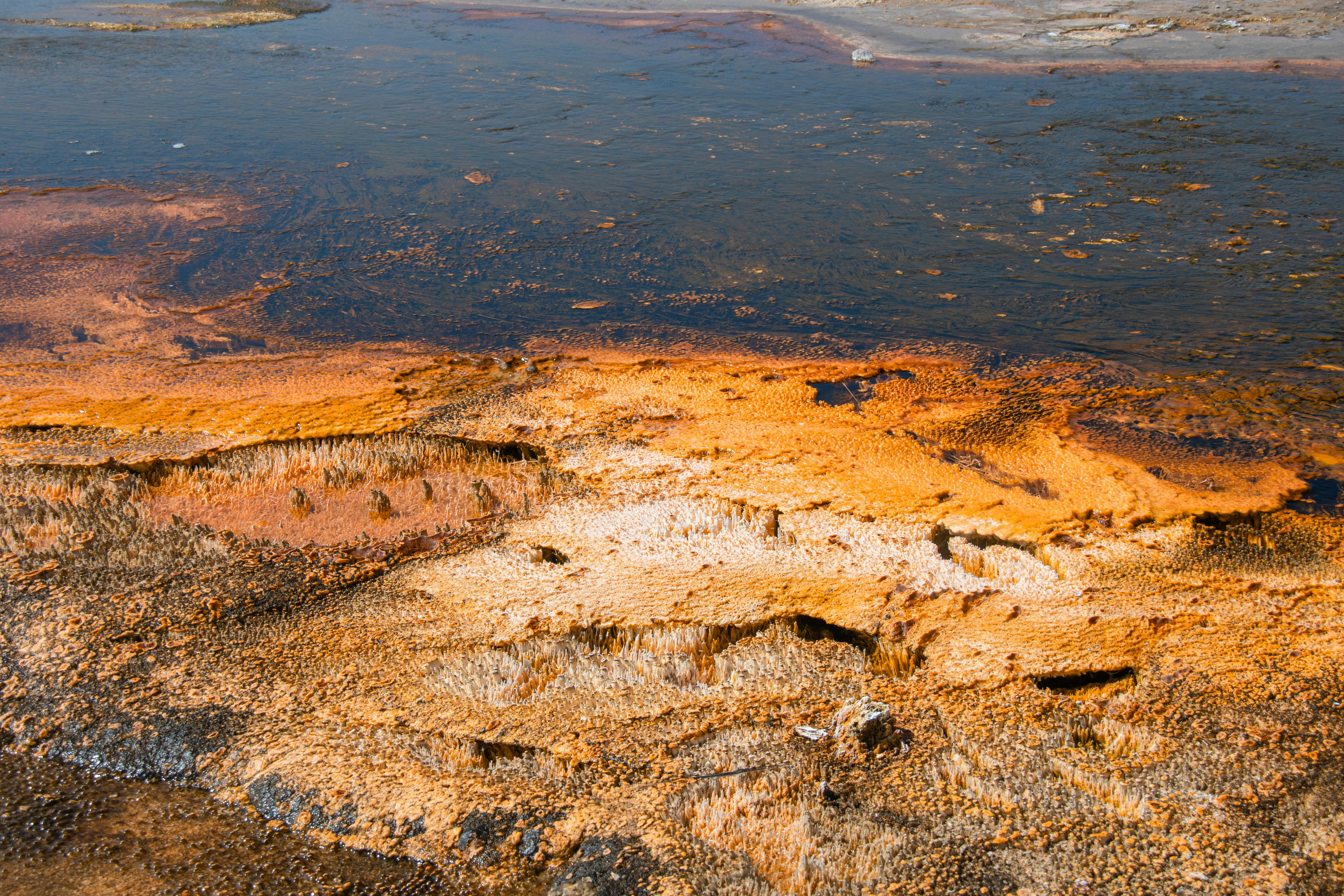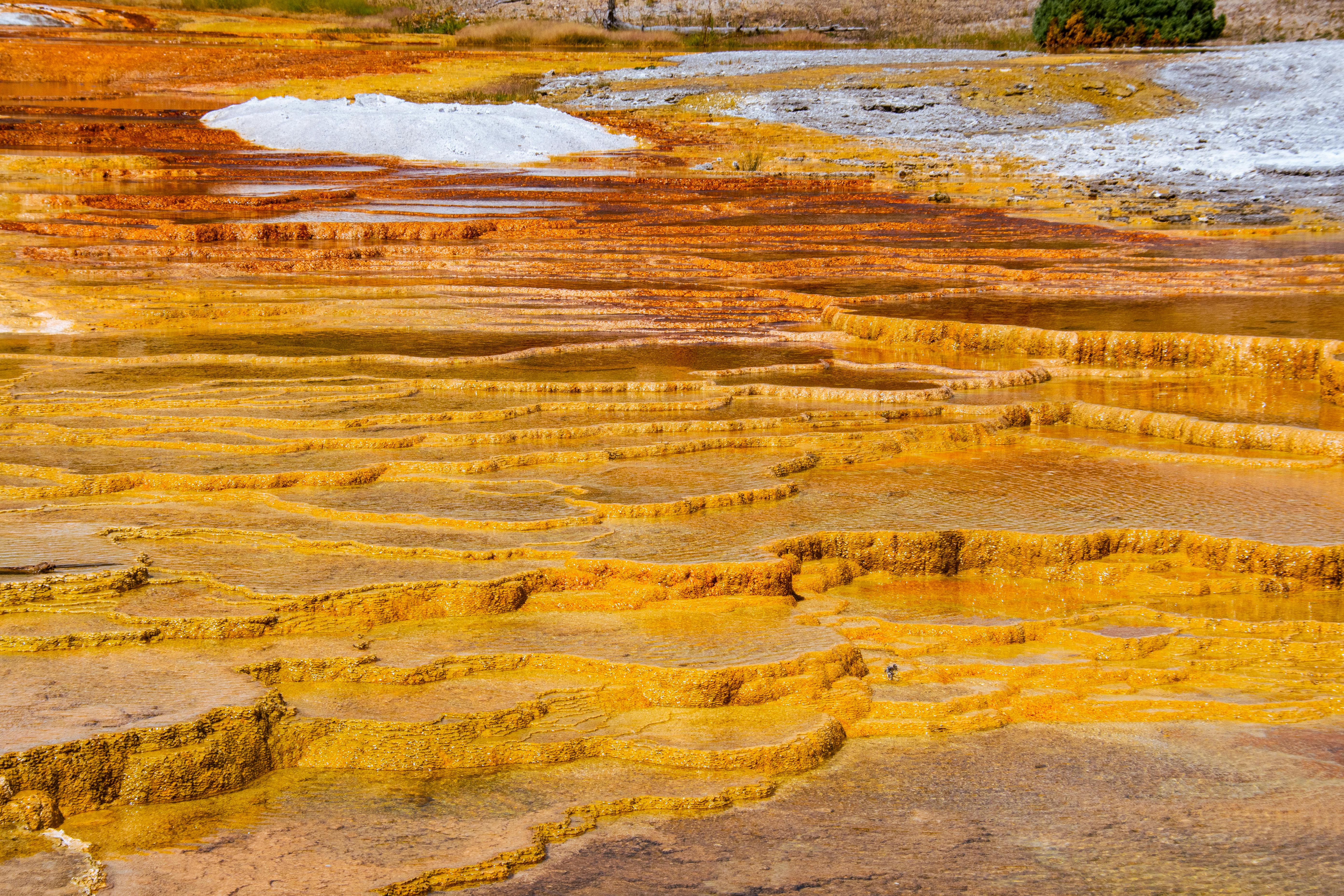Distilled water is a type of purified water that has had both impurities and minerals removed. It is considered to be neutral, with a pH level of 7.0, which means that it is neither an acid nor a base. Distilled water can be used in many applications, including drinking and cooking, cleaning, and even in some industrial processes.Distilled water is water that has been heated to the point of vaporization, collected in a separate container, and condensed back into liquid form. This process removes minerals and other impurities from the water, making it safe for drinking.
Acidity and Alkalinity of Distilled Water
Distilled water is one of the purest forms of water available. It is free of many contaminants and impurities that are found in other forms of water. It has a neutral pH level, meaning it is neither acidic nor alkaline. This makes it ideal for use in many applications, such as drinking, cooking, and cleaning. However, when distilled water is exposed to air, it can become acidic or alkaline over time due to the presence of carbon dioxide in the air.
When carbon dioxide (CO2) reacts with distilled water, it forms carbonic acid (H2CO3). This acid can cause the pH of the water to drop slightly, making it more acidic. The acidity can be further increased if other pollutants are present in the air such as sulfur dioxide (SO2) or nitrogen dioxide (NO2). In addition, certain metals can also increase the acidity of distilled water when exposed to air.
On the other hand, exposure to alkaline substances such as ammonia (NH3) or sodium hydroxide (NaOH) can cause distilled water to become more alkaline over time. This can be beneficial in some instances where a higher pH level is desired. For example, some aquariums require an alkaline environment for their fish and plants to thrive.
In order to ensure that distilled water remains at a neutral pH level, it must be stored properly and kept away from any sources of acidity or alkalinity. If exposed to air for too long or if exposed to pollutants or metals, its pH level may change significantly and require testing with a pH meter before use.
The pH Level of Distilled Water
Distilled water is a type of purified water that has had both contaminants and minerals removed. It is often used in laboratories and chemical processes, where the water needs to be free of impurities. The pH level of distilled water is neutral, with a pH level of 7.0. This means that it is neither acidic nor basic, and so will not react with other chemicals or solutions.
Distilled water is made by boiling regular tap water and then collecting the steam in a separate container, where it condenses back into a liquid form and can be collected for use. This process removes any impurities that may be present in the tap water, including minerals such as calcium and magnesium, as well as dissolved organic compounds. As all these are removed from the distilled water, it has a neutral pH level.
The neutral pH of distilled water makes it ideal for use in certain processes where acidic or basic solutions would not be suitable. For example, it is often used in mixing paints and dyes, as well as in laboratories where experiments require accurate measurements or precise conditions. It can also be used for drinking purposes when other sources of drinking water are not available.
In summary, distilled water has a neutral pH level of 7.0 due to all the impurities and minerals being removed during the distillation process. This makes it ideal for use in certain applications where acidic or basic solutions would not be suitable.
Acids, Bases and pH Levels
Acids and bases are chemical compounds that are essential to the functioning of living organisms. Acids are molecules that have a high concentration of hydrogen ions, while bases have a high concentration of hydroxide ions. The pH level is a measure of how acidic or basic a substance is. It ranges from 0 to 14, with 7 being neutral. A pH less than 7 is considered an acid, and a pH greater than 7 is considered a base.
The body contains many acids and bases that work together to maintain a stable internal environment. For example, the stomach contains hydrochloric acid which helps break down food. The intestines contain bicarbonate which helps neutralize the acidity of the stomach contents during digestion. Buffers such as proteins act as protective agents between acids and bases in the body to keep them in balance.
In general, acids have sour tastes, can corrode metals, and react with bases to form salts. Common examples of acids include vinegar, lemon juice and citric acid. Bases typically have bitter tastes, feel slippery on the skin, and react with acids to form salts. Common examples of bases include baking soda and ammonia.
The pH level of an environment can affect its inhabitants in many ways. For example, aquatic animals such as fish prefer certain ranges of pH in their watery environment in order to survive. In addition, changes in pH can cause chemical reactions which may be beneficial or harmful depending on the type of reaction taking place. Therefore it is important for living organisms to maintain their internal environment at a specific pH level for optimal health and wellbeing.
Properties of Acids and Bases
Acids and bases are some of the most important compounds in chemistry. They have many unique properties that make them useful for a variety of applications. Acids are typically characterized by their sour taste and the ability to turn litmus paper red. Bases, on the other hand, are characterized by their bitter taste and the ability to turn litmus paper blue. In addition to these characteristics, acids and bases also have other important properties that can be used to distinguish them from each other.
One of the most important properties of acids is their ability to donate protons. This is known as the Bronsted-Lowry acid-base theory, which states that an acid is a proton donor and a base is a proton acceptor. This process is also known as proton transfer or ionization. In addition, acids also have the ability to form hydrogen bonds with water molecules, which gives them their characteristic sour taste.
Bases have several distinct properties as well. They are able to accept protons from acids, which is why they can turn litmus paper blue when they come into contact with it. In addition, bases often have slippery or soapy textures due to their ability to form hydroxide ions (OH-) when they dissolve in water. These hydroxide ions can interact with grease or dirt particles and help remove them from surfaces.
Finally, both acids and bases can react with metals to produce hydrogen gas and metal salts known as metal hydroxides or metal oxides depending on the type of reaction that occurs. This process is known as oxidation-reduction or redox reactions and it is an important part of many industrial processes such as electroplating or galvanizing metals.
In summary, both acids and bases have several unique properties that make them useful for various applications in chemistry and industry alike. From tasting sour or bitter to donating protons or forming hydrogen bonds with water molecules, these compounds have a wide range of uses in science today.

How to Test for Acidity or Alkalinity
The acidity or alkalinity of a substance is an important factor in many chemical reactions. Knowing the pH level of a solution can help you determine what type of reaction will take place, and how quickly it will occur. Testing for acidity or alkalinity is not difficult and can be done quickly with the right tools.
The most common way to test for acidity or alkalinity is to use a pH indicator strip. These strips usually come in the form of a paper strip that has been treated with a dye that changes color depending on the pH level of the solution it is placed in. To use this method, simply dip the strip into the solution and compare the color of the strip to a chart provided by the manufacturer. This will tell you whether your solution is acidic, neutral, or alkaline.
You can also test for acidity or alkalinity using litmus paper. Litmus paper works in a similar way to pH indicator strips, but it tends to be more sensitive and provides more accurate results. To use litmus paper, dip it into your solution and compare the color it turns to a chart provided by the manufacturer. This will tell you what type of reaction will take place in your solution as well as how acidic or alkaline it is.
Another way to test for acidity or alkalinity is through titration. This method involves adding an acidic or basic chemical solution to your sample until it reaches an equilibrium point where no further change occurs when additional drops are added. The amount of drops needed will indicate whether your sample is acidic or alkaline and its strength on the pH scale.
Testing for acidity or alkalinity may also be done using specialized equipment such as a digital pH meter or probe-style meter which measure electrical signals sent from your sample when dipped into them. These types of instruments are much more accurate than other methods but are also expensive and require expert knowledge to use properly.
Distilled Water: Acid or Base?
Distilled water is a type of water that has been purified by boiling and condensing the steam produced. This process removes most types of contaminants, including minerals and other organic matter, resulting in a highly pure form of water. Distilled water does not contain any minerals or other organic matter, making it different from tap water and other types of filtered water. As a result, distilled water has a neutral pH balance which means it is neither an acid nor a base.
The pH level of distilled water is between 6.5 and 7.0 on the pH scale, which measures the acidity or alkalinity of a substance on a scale from 0 to 14. A pH level below 7 is considered acidic, while anything above 7 is considered alkaline or basic. Since distilled water has a neutral pH balance, it falls within this range and cannot be classified as either an acid or base.
Though distilled water has no acidic or basic properties, it can still be used to adjust the acidity or alkalinity of substances such as soils and aquariums in order to create the desired environment for certain plants and animals. For this reason, distilled water is often used in gardening and fish keeping because it can help to maintain the ideal pH balance for these activities.
In conclusion, distilled water does not have any acidic or basic properties so it cannot be classified as either an acid or base. However, its neutral pH balance makes it useful for creating the ideal environment for certain plants and animals when adjusting the acidity or alkalinity of soils and aquariums accordingly.
Factors that Affect the pH Level of Distilled Water
Distilled water is a type of purified water that has had both contaminants and minerals removed. It is often used in laboratories and manufacturing processes where pure water is needed. The pH level of distilled water is usually close to 7, which is neutral on the pH scale. However, there are several factors that can influence the pH level of distilled water.
The most common factor is contact with air. When exposed to the atmosphere, distilled water can absorb carbon dioxide from it, which will increase its acidity. This effect can be minimized by using airtight containers and adding an inert gas like nitrogen or argon.
The temperature also has an effect on the pH level of distilled water. When heated, acids will become more concentrated and cause the solution to be more acidic. On the other hand, when cooled, bases become more concentrated and make the solution more alkaline. This means that hot distilled water will have a lower pH than cold distilled water.
Another factor that affects the pH level of distilled water are dissolved solids such as salts or suspended particles like clay particles or organic matter. These substances can increase or decrease the acidity or alkalinity of a solution depending on their composition and concentration. For example, salts like sodium chloride (NaCl) will increase the acidity of a solution while calcium carbonate (CaCO3) will decrease it.
Finally, it is important to note that even though distilled water is generally considered to be neutral in terms of its pH level, it can still be affected by its environment if not stored properly. To maintain a neutral pH level it is important to store distilled water in airtight containers away from light and heat sources as well as pollutants such as chemicals or dust particles.

Conclusion
Distilled water is a neutral substance, meaning that it is neither an acid nor a base. On the pH scale, it measures a 7.0, which is right in the middle of the scale and therefore neutral. Distilled water can be used to clean surfaces and objects as it has no reaction with other substances. It also has many applications around the home, from washing fruits and vegetables to cleaning windows and mirrors. Although distilled water is odorless and tasteless, it still contains minerals which contribute to its neutral properties.
In summary, distilled water is neither an acid nor a base. Its neutral pH of 7.0 allows it to be used for various purposes without having any detrimental effects on surfaces or objects. As such, distilled water can be used safely for many household activities.

